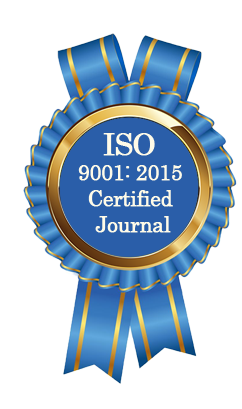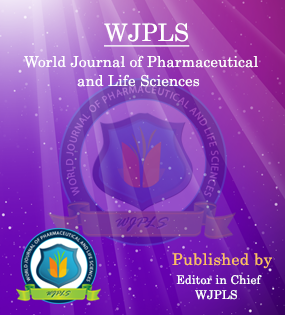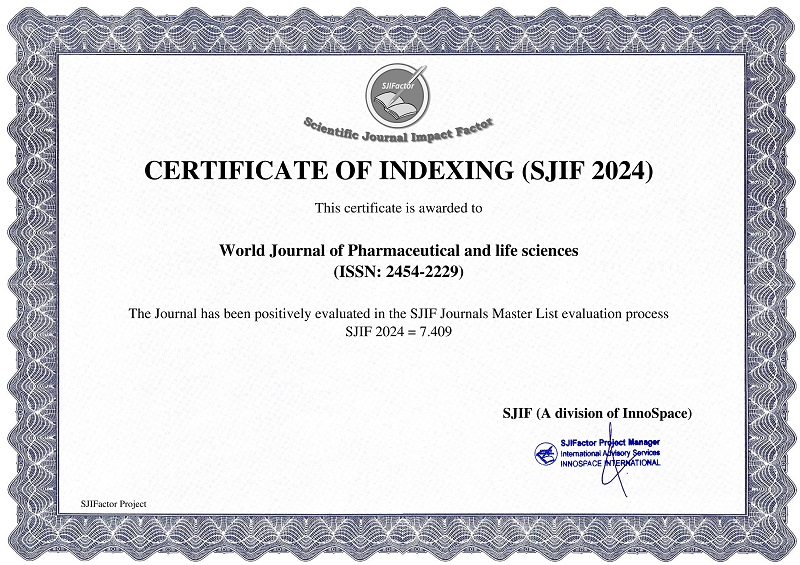Abstract
AN OVERVIEW: 3D BIOPRINTING TECHNOLOGY
Anu A. L.*, Subash Chandran M.P., Prasobh G. R., Remya S. B. and Aparna P.
ABSTRACT
Alternative strategies that overcome existing organ transplantation methods are of increasing importance be-cause of ongoing demands and lack of adequate organ donors. Recent improvements in tissue engineering techniques offer improved solutions to this problem and will influence engineering and medicinal applications. Tissue engineering employs the synergy of cells, growth factors and scaffolds besides others with the aim to mimic the native extracellular matrix for tissue regeneration. Three-dimensional (3D) bioprinting has been explored to create organs for transplanta-tion, medical implants, prosthetics, in vitro models and 3D tissue models for drug testing. In addition, it is emerging as a powerful technology to provide patients with severe disease conditions with personalized treatments. Challenges in tis-sue engineering include the development of 3D scaffolds that closely resemble native tissues. In this review, existing printing methods such as extrusion-based, robotic dispensing, cellular inkjet, laser-assisted printing and integrated tissue organ printing (ITOP) are examined. Also, natural and synthetic polymers and their blends as well as peptides that are exploited as bioinks are discussed with emphasis on regenerative medicine applications. Furthermore, applications of 3D bioprinting in regenerative medicine, evolving strategies and future perspectives are summarized.
[Full Text Article] [Download Certificate]WJPLS CITATION 
| All | Since 2020 | |
| Citation | 590 | 424 |
| h-index | 12 | 10 |
| i10-index | 17 | 14 |
INDEXING
NEWS & UPDATION
BEST ARTICLE AWARDS
World Journal of Pharmaceutical and life sciences is giving Best Article Award in every Issue for Best Article and Issue Certificate of Appreciation to the Authors to promote research activity of scholar.
Best Article of current issue
Download Article : Click here





